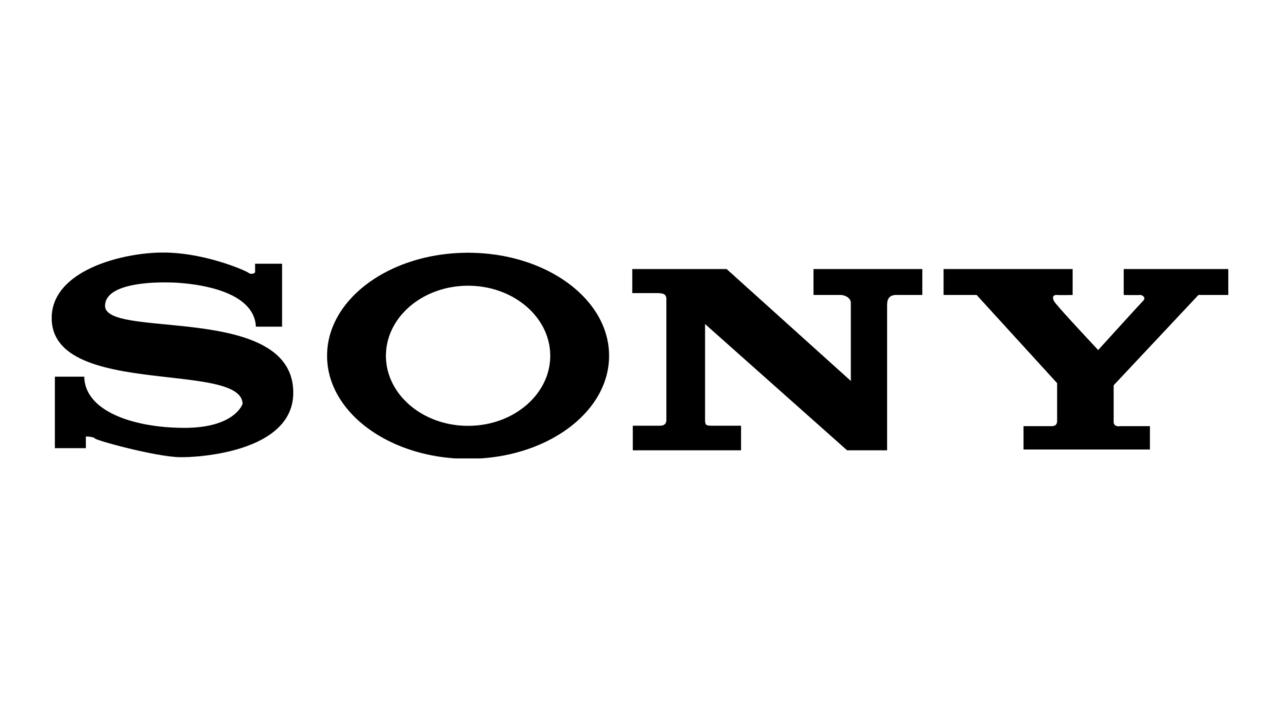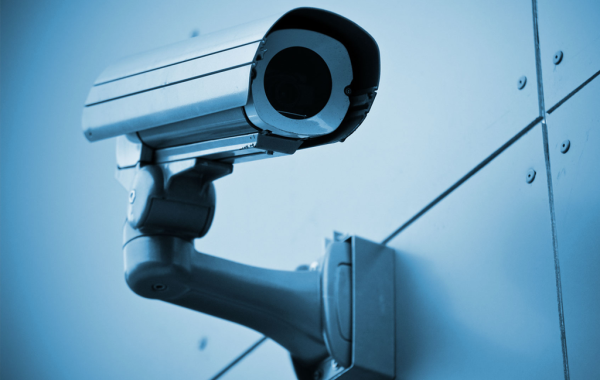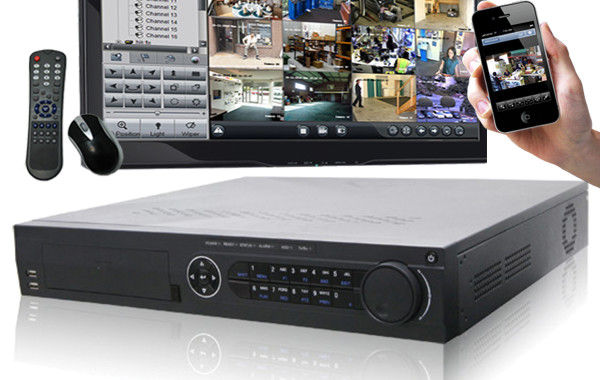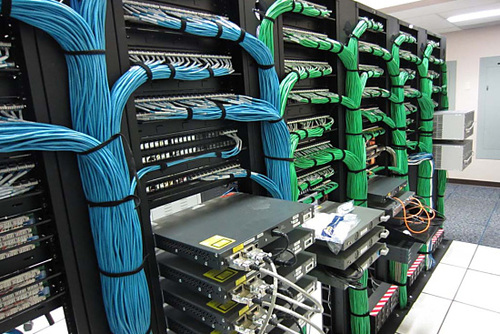Metro Detroit CCTV has been installing IP cameras since they became available for the installers. But only recently IP CCTV solutions became affordable for majority of businesses. We install any IP CCTV solution available on the market. However, we prefer to install and setup systems by the major players in the surveillance industry, because of the support and quality they provide to the customer. Here is the list of companies that we sell, install and support on daily basis.






As IP surveillance technology becomes more affordable, it’s also becoming a more attractive solution for smaller installations – installations that used to be the sole domain of analog product. There are three primary benifits for an IP system of an Analog system – higher resolution, more in-depth analytics, and the ease of new network configuration.
Modern IP cameras generally offer a higher level of resolution than analog cameras. Almost all analog cameras will be limited to the equivalence of a 4CIF or D1 resolution (that is, 704 x 480 or 720 x 480). Many IP cameras boast 5MP resolutions or higher – that’s 15.5 times more pixels than a standard analog camera! And a higher pixel count means more usable surveillance information. This is especially important when it comes to identifying intruders. For positive identification, a general guideline is to have at least 12.7 pixels per inch across the face of a suspect. It’s much better to have that resolution in place during an incident, rather than upgrading to that resolution because the suspect could not be identified with footage from the existing system.
Another way to utilize this higher resolution benifit is the potential lower cost of the total installation. A camera with 5MP mounted 10 feet away from the viewing area will be able to provide identification level resolution across 17 feet horizontally, while a standard analog camera can only cover just over a quarter of this area. This means that you would need four analog cameras to provide the same level of coverage as one 5MP IP camera. When cables, software licenses, mounting hardware, lenses, and all other costs are factored in this can make the IP installation much more appealing from a cost basis.
Another advantage that IP cameras have is the ability to perform increasingly sophisticated analytics onboard the camera itself. Most recorded video is never watched – typically, footage is only reviewed when there is an incident. This is especially true on small installations that do not have a dedicated security guard. With the advent of on-board analytics, IP cameras themselves can now be programmed to independently analyze events, interact with other alarm systems, and send email or text alerts with pictures to interested parties. For example, a camera can be programmed to watch a specific door and only send an alert if that door is opened after regular business hours. At the very least, analytics can make it easier to sift through footage after the fact.
Finally, a lot of customers are concerned that IP video is overly complicated to manage when compared to an analog system. It’s true, earlier versions of IP cameras did require some level of networking know-how. But newer cameras are getting extremely close to plug-and-play with features that automatically detect and configure cameras added to a network through tools such as DDNS, DHCP, and other networking protocols. Depending on the brand selected, all that could be involved in the installation of a new device is plugging the camera into the switch and then selecting “Detect New Hardware” in the accompanying software. Network cameras can also run on existing network infrastructure and only one cable is required for both data and power with Power over Ethernet technology.
As every device begins to merge onto the network, it makes sense that security cameras move there as well. An IP video installation may cost more than a conventional analog system, but the price difference is getting smaller – and the benefits are increasing.
-

IP Cameras
IP Cameras An Internet protocol camera, or IP camera, is a type of digital video camera commonly employed for surveillance,…
-

Network Video Recorder (NVR)
A network video recorder (NVR) is a software program that records video in a digital format to a disk drive,…
-

System integrations & accessories
In engineering, system integration is defined as the process of bringing together the component subsystems into one system and ensuring…
-

Infrastructure and Cabling
Our Infrastructure and Cabling Services: As technology advances, so should your business. Your voice and data cables are essential to…

